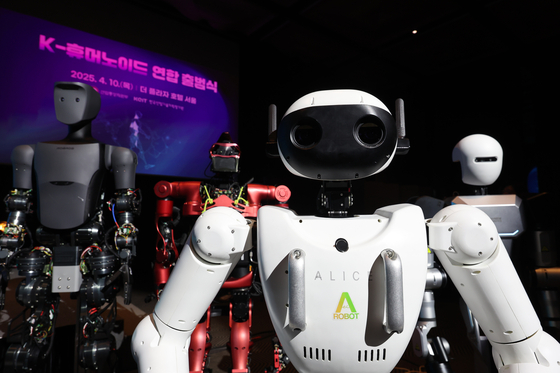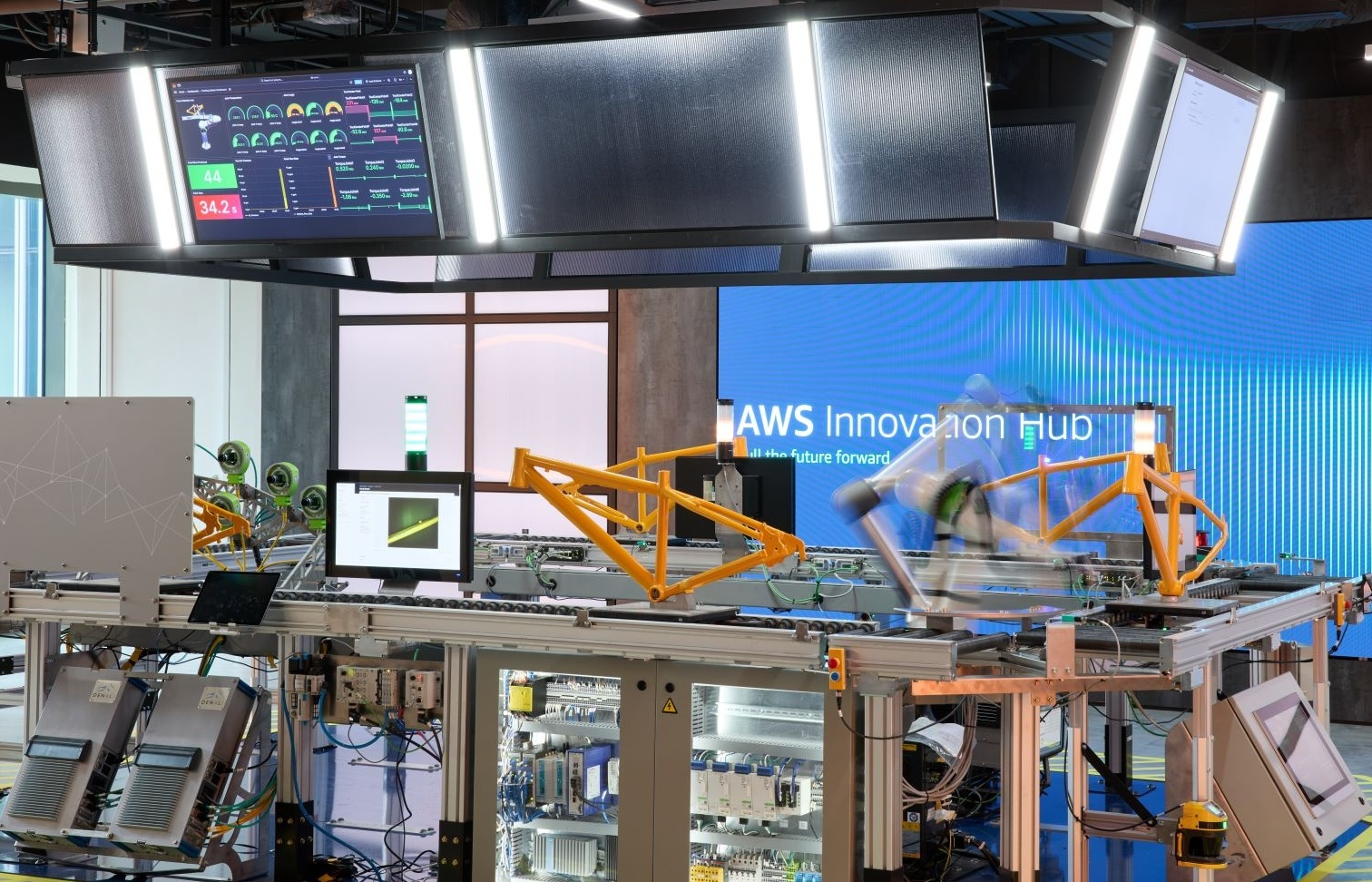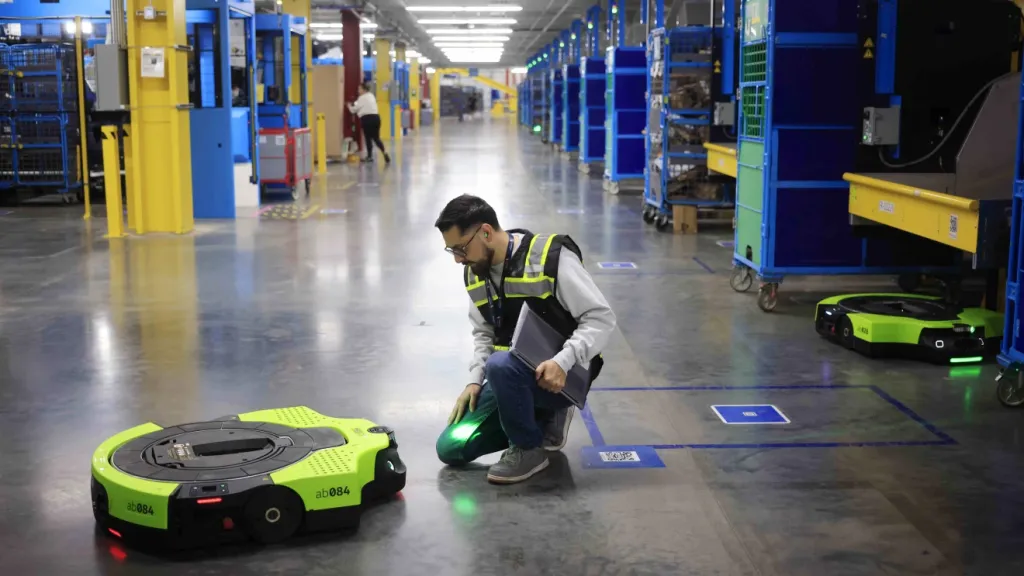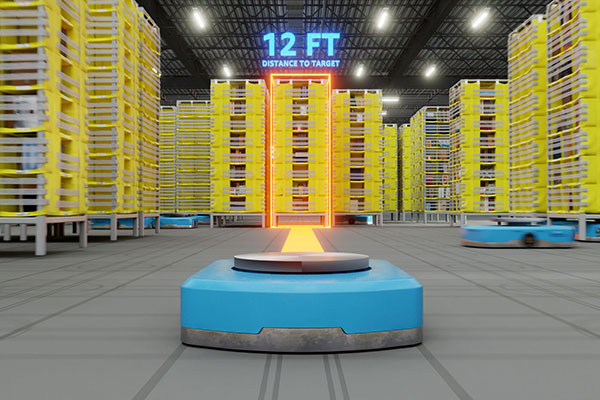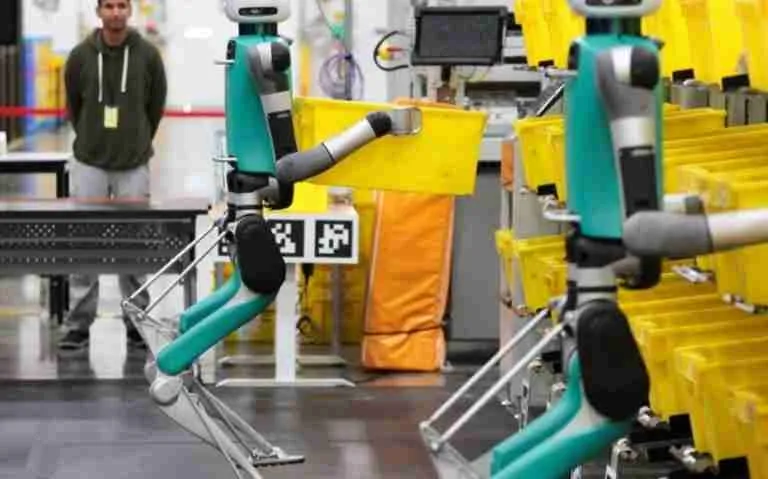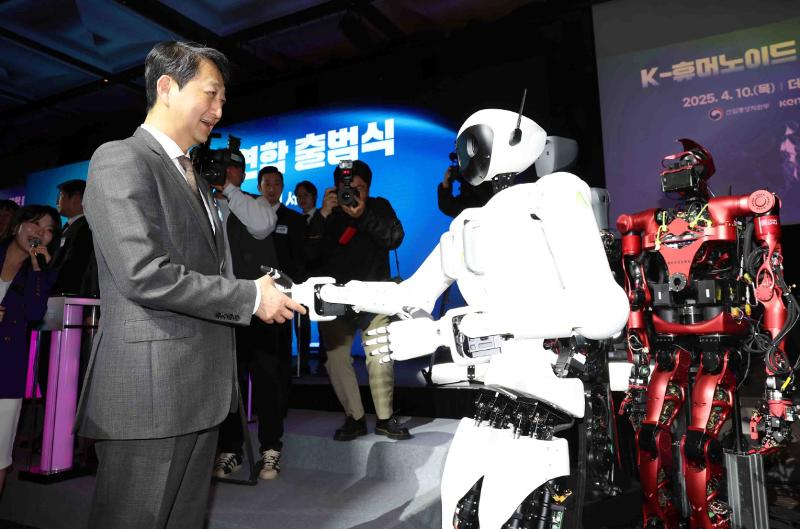
South Korea’s K‑Humanoid Alliance A National Push to Lead Global Humanoid Robotics
In a bold move to position itself at the forefront of next generation robotics, South Korea has launched the “K‑Humanoid Alliance,” a powerful national coalition of tech companies, universities, and government bodies focused on accelerating the development and deployment of humanoid robots. Unveiled in Seoul by the Ministry of Science and ICT, this initiative signals South Korea’s intention to become a global powerhouse in humanoid robotics within the next decade.
The K‑Humanoid Alliance brings together leading industry players such as Hyundai Robotics, Samsung Research, LG AI Lab, Korea Advanced Institute of Science and Technology (KAIST), and over a dozen robotics startups. Its primary mission to develop intelligent, lifelike robots capable of working in healthcare, manufacturing, defense, and home assistance transforming both the economy and everyday life.
At the heart of the initiative is a plan to build Korea’s first fully autonomous, general purpose humanoid robot by 2028. This next generation robot, referred to internally as "K‑Bot", will feature advanced motor coordination, emotion recognition, multilingual communication, and AI based decision making. Unlike task specific industrial robots, K‑Bots are designed to operate in unpredictable environments navigating stairs, adapting to human gestures, and collaborating safely with people in shared spaces.
Speaking at the launch event, Minister Lee Jong ho declared, “This alliance is our moonshot moment. K‑Humanoid is not just about machines it’s about reimagining the future of labor, caregiving, and human AI interaction with Korean innovation at the helm.”
South Korea’s push into humanoid robotics comes at a time when countries like Japan, the U.S., and China are racing to develop advanced AI integrated robots. While Japan’s focus has long been on social robots and China on industrial scale automation, Korea’s strategy is distinctly human centric and integrative aiming to embed humanoid robots into everyday civic life, especially in aging societies.
The alliance also has strong backing from the Korean New Growth Strategy 2030, which earmarks over ₩2 trillion (approx. $1.5 billion USD) in funding for future tech, including robotics, semiconductors, and AI. Within the K‑Humanoid initiative, dedicated funding will go toward sensor miniaturization, real time edge AI, battery efficiency, and bio mimetic materials to make robots move more like humans and consume less power.
One of the alliance’s first projects is a collaboration between KAIST and Samsung to create a bipedal rescue robot that can navigate disaster zones and provide real time communication with human first responders. Another involves LG and Yonsei University working on humanoid nursing assistants equipped with emotion sensing software to support elderly care in smart homes and clinics.
The government plans to test these robots in public service roles such as guides in subways, information officers in airports, and even basic security patrols in a set of pilot cities starting in 2026. These real world deployments will be used to refine performance, safety, and public acceptance.
To ensure ethical development, the alliance is also forming a Humanoid Ethics Board, involving ethicists, sociologists, and technologists, to set transparent guidelines on human robot boundaries, data privacy, and AI autonomy. Public forums and feedback sessions will be part of the initiative, ensuring society plays a role in shaping how humanoids are integrated.
Globally, the announcement has drawn praise and curiosity. While some skeptics question the high cost and uncertain returns of humanoid robotics, many see South Korea’s unified and state backed approach as a potential model for how nations can mobilize innovation for societal needs.
As the K‑Humanoid Alliance gains momentum, its leaders emphasize that this is not about replacing humans but augmenting human capacity. if assisting in caregiving, performing dangerous jobs, or providing companionship, K‑Bots are envisioned as allies in navigating the challenges of aging populations, labor shortages, and smart city evolution.
In a world where the line between science fiction and reality is rapidly thinning, South Korea’s K‑Humanoid Alliance is staking its claim not just as a technological player but as a visionary force shaping how humans and machines will live, work, and grow together in the decades to come.
Related Post
Popular News
Subscribe To Our Newsletter
No spam, notifications only about new products, updates.

